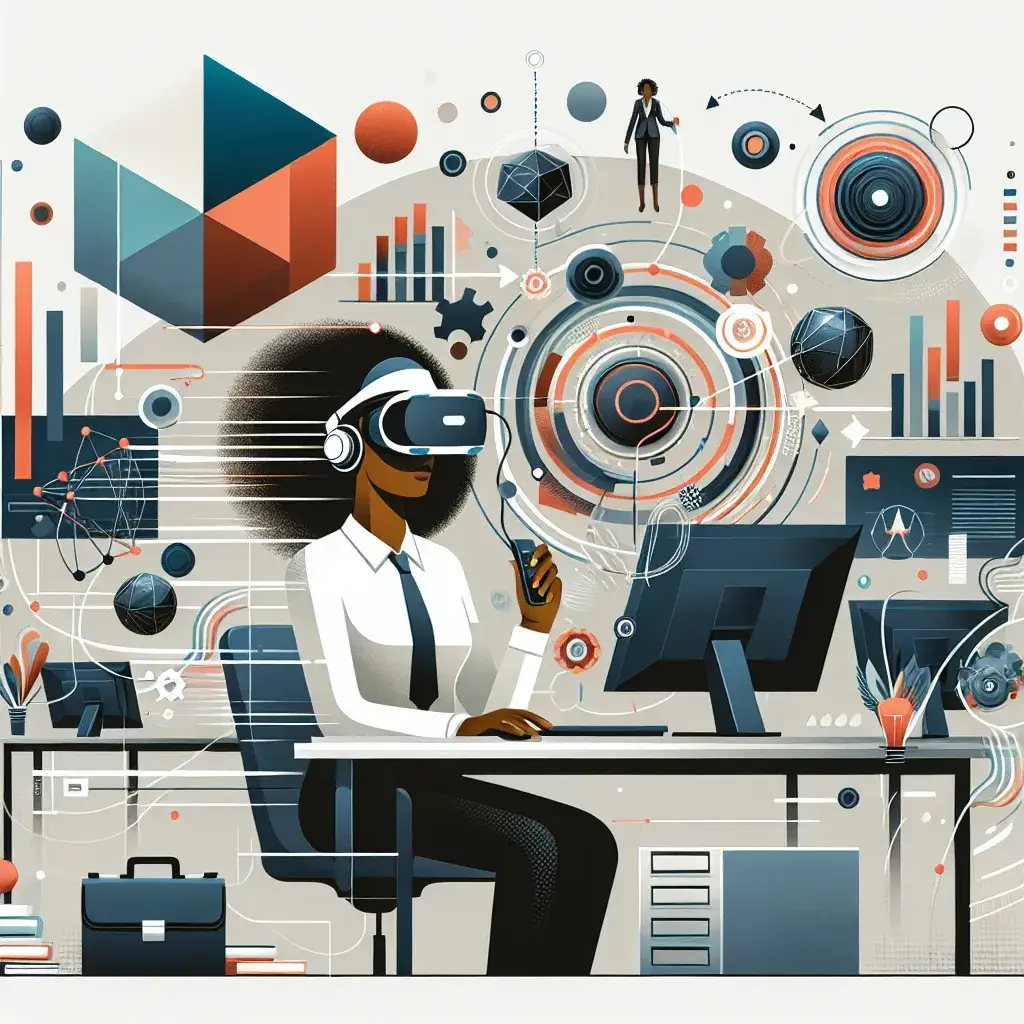Introduction to VR in Workplace Training
Virtual Reality (VR) has become a game-changer in numerous industries, especially in workplace training. By creating a simulated environment, VR provides employees with the opportunity to engage in hands-on training without the real-world risks associated with certain tasks. This innovative technology not only enhances the learning experience but also improves retention rates among trainees.
Benefits of VR Training in the Workplace
- Enhanced Engagement: VR captures the learners’ attention by immersing them in an interactive experience, making training sessions less monotonous.
- Safe Learning Environment: Employees can practice dangerous tasks in a controlled setting, greatly reducing the risk of accidents.
- Immediate Feedback: Trainees receive instant feedback on their performance, allowing for quicker adjustments and improved skills.
- Scalability: VR training can be easily scaled to accommodate various numbers of employees, making it a versatile solution for organizations.
- Cost-Effectiveness: While the initial investment in VR technology may be significant, the long-term savings from reduced workplace accidents and increased productivity can outweigh the costs.
Applications of VR Training Across Industries
Various industries are finding innovative ways to utilize VR in their training programs. Here are a few examples:
Healthcare
In the healthcare sector, VR is used to train medical professionals in complex procedures and surgeries. This allows them to practice in a risk-free environment before performing on real patients.
Construction
Construction companies leverage VR to train workers on safety procedures and equipment handling. This immersive training method ensures that workers are better prepared for real-life scenarios.
Customer Service
Companies in customer service use VR to simulate different customer interactions. Employees can practice their responses and behavior in a realistic setting, improving their skills in handling real customers.
Challenges in Implementing VR Training
Despite its numerous advantages, there are challenges associated with implementing VR training:
- Cost of Technology: The initial investment in VR equipment and software can be considerable, making it a barrier for smaller companies.
- Content Development: Creating engaging and effective VR training content requires specialized knowledge and expertise.
- Technological Limitations: Not all employees may have access to the necessary technology, which can create disparities in training opportunities.
The Future of VR in Workplace Training
As technology advances, the future of VR in workplace training looks promising. With continuous improvements in VR hardware and software, training programs will become even more immersive and beneficial. Organizations that embrace this technology are likely to see significant improvements in employee performance, safety, and overall productivity.
Conclusion
Virtual Reality is revolutionizing workplace training by providing immersive, engaging, and effective learning experiences. As industries continue to adopt this technology, the potential for enhancing employee skills and safety in the workplace will only grow. Investing in VR training today will prepare organizations for a more skilled and efficient workforce tomorrow.


Leave a Reply